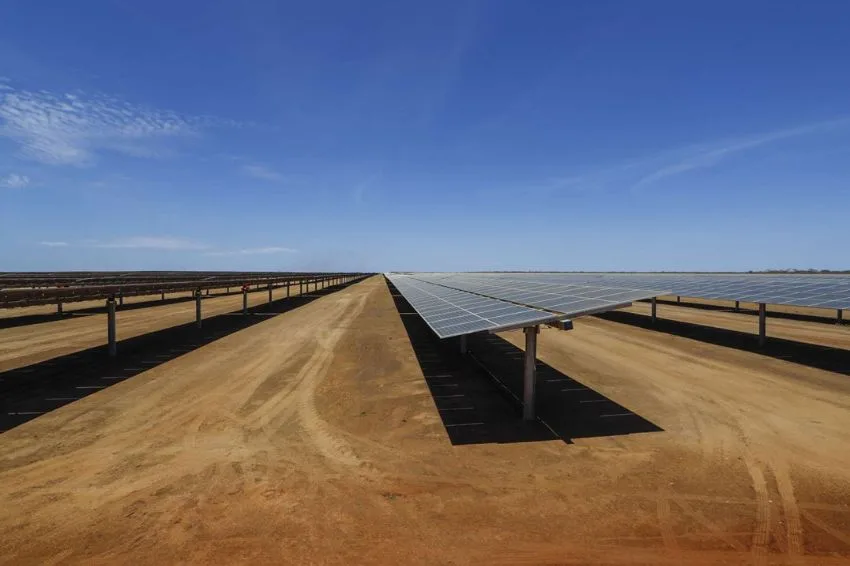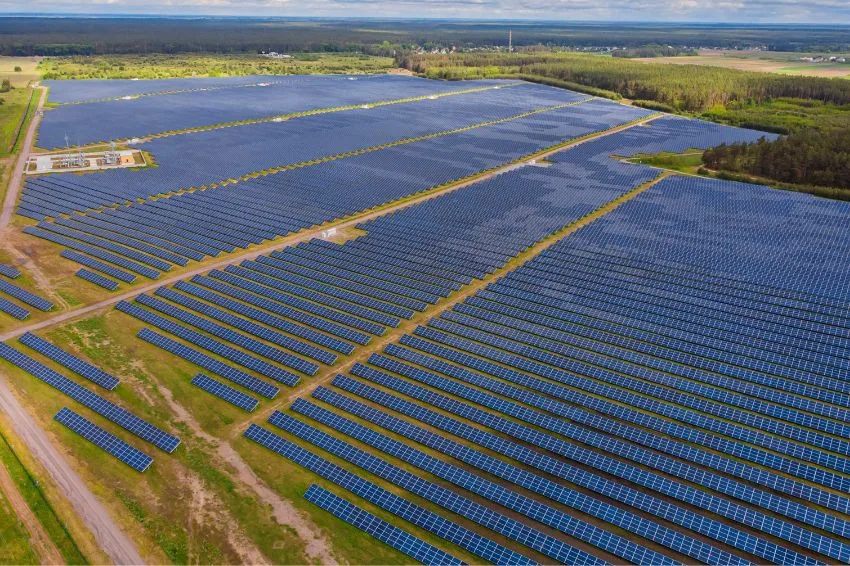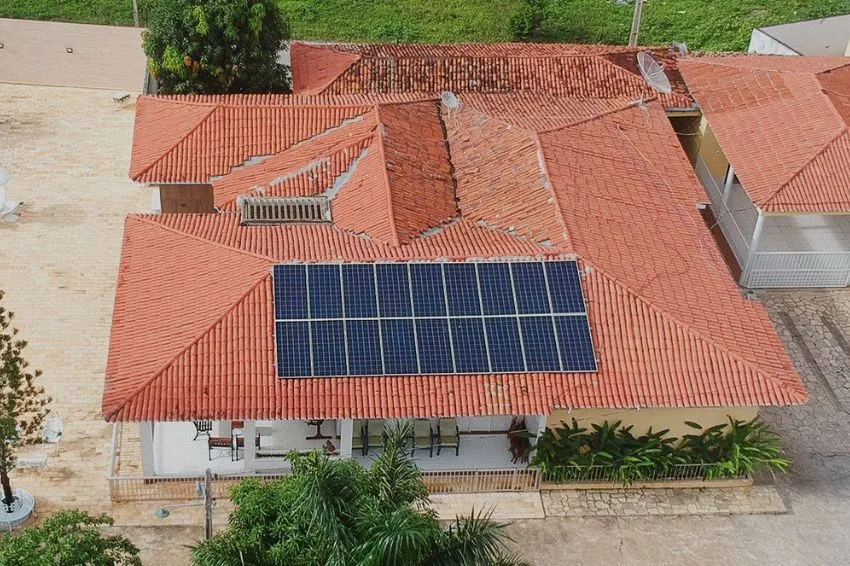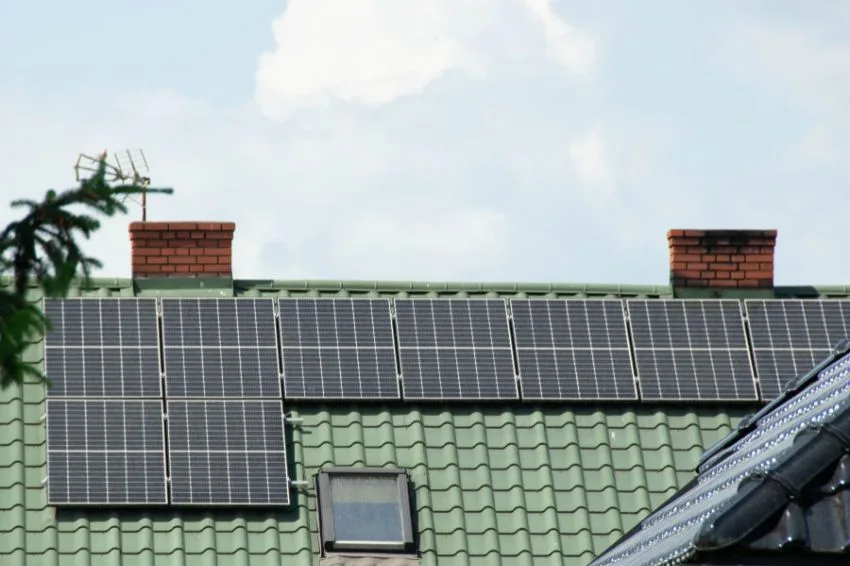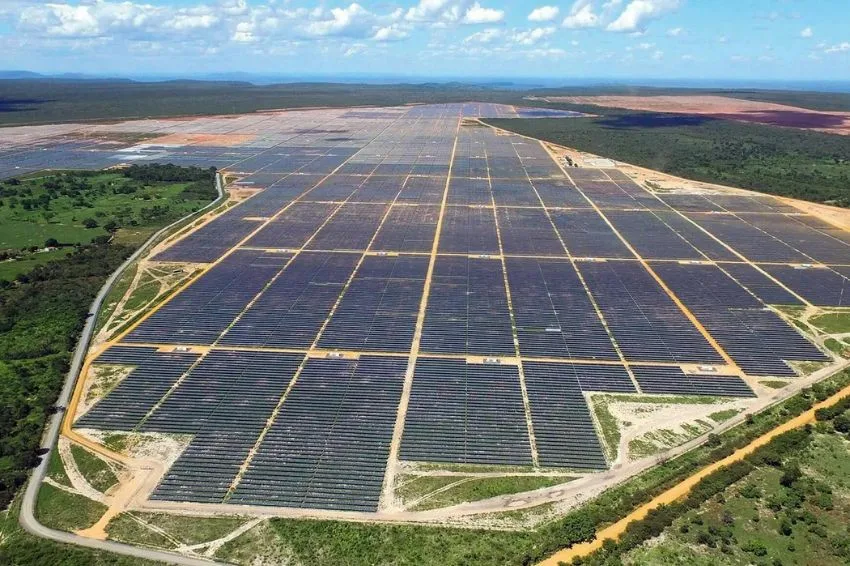On a global scale, the dirt from photovoltaic systems, from dust and snow, and the subsequent loss of energy yield, is the most influential factor affecting yield of the system after irradiation.
This is what the report pointed out Soiling Losses – Impact on the Performance of Photovoltaic Power Plants 2022, published by IEA-PVPS (International Energy Agency Photovoltaic Power Systems Programme).
IEA researchers estimated that in 2018, dirt caused an annual loss of global photovoltaic energy production of 3 to 4%, corresponding to a economic loss in the order of 3 to 5 billion euros. And by 2023, this is expected to increase to around 4 to 5%, and 4 to 7 billion euros (almost R$ 40 billion, at current prices) this year.
“This is due to some factors, such as the increase in photovoltaic installations in regions highly prone to dirt, economic pressures and the fact that more efficient modules suffer greater losses in their production due to dirt”, pointed out the report.
“Especially in arid regions, dirt can affect photovoltaic plants large-scale systems significantly – making it necessary to mitigate these effects by cleaning entire systems – and thus leading to a reduction in revenues, caused by higher operational and/or capital expenses (e.g. for investments in anti-dirt coatings or robots cleaning and maintenance)”, reported the study.
Regions most prone to dirt
According to research, dirt is an influential factor not only in equatorial regions of Africa and Asia with high densities of particles suspended in the atmosphere, but also in high latitude regions due to snow cover as facilities proliferate in these locations.
“‘Photovoltaic dirt’ is highly heterogeneous, both at the module and plant level, and requires multi-sensor networks to accurately assess dirt rates and cleaning decision schedules. Modeling approaches are still being refined and require additional data for validation,” the scientists highlighted.
“With regards to cleaning decision times, especially for large facilities, they should be based on solid on-site monitoring, rather than pre-defined operation and maintenance schedules, to minimize the costs of cleaning operations” , they pointed out.
Especially for large power plants in arid regions with correspondingly high soiling rates, the report pointed out that the trend is clearly towards robotic or semi-robotic cleaning.
Snow Covering Approaches
According to the IEA-PVPS, technological advances and low component costs are also making photovoltaic systems increasingly attractive at higher latitudes (and altitudes), despite the stress of the winter season on plants, caused by coverage. of snow and low temperatures.
“To mitigate production losses in this scenario, promising considerations for high-latitude solar installations include frameless modules, steeper tilt angles, snow coatings, bifacial modules, and attention to array heights to minimize snow accumulation at the lower ends. of the panels, among other factors”, they explained.
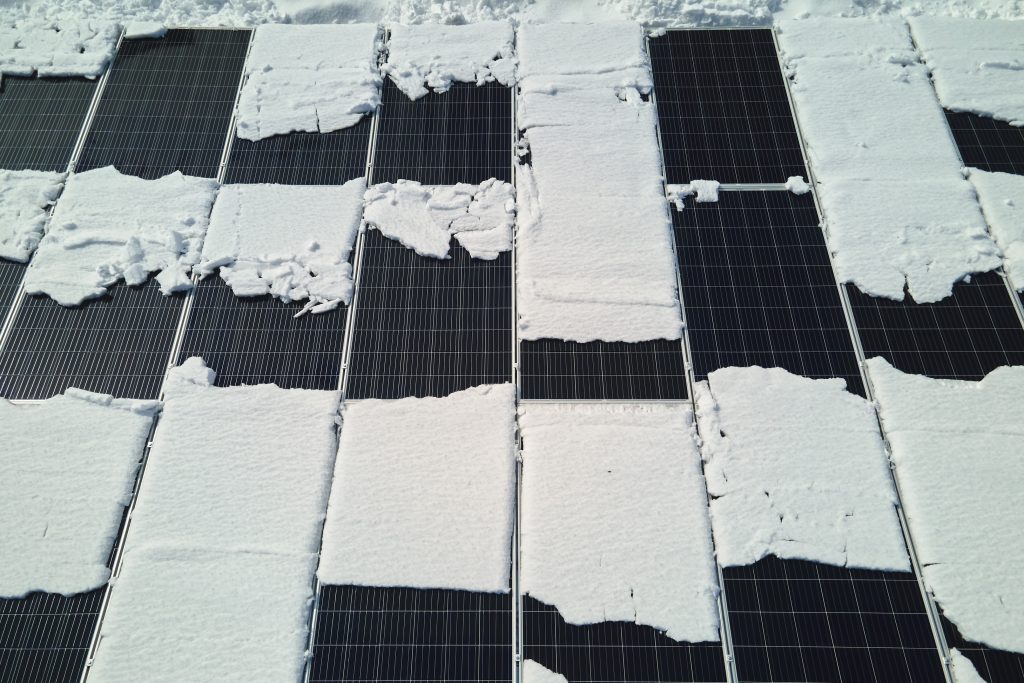
'Dirt will continue to be a global issue'
In conclusion, the report said that “photovoltaic soiling” will continue to be a global issue, which is expected to be exacerbated by climate change with rising global temperatures and subsequent droughts.
“Further advances in dirt modeling, adaptation and mitigation are critically needed to help PV operators maximize their energy production and economic gains, despite the challenges posed by dirt,” they concluded.




